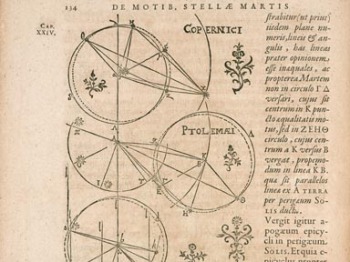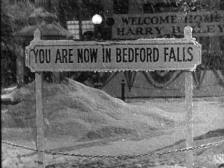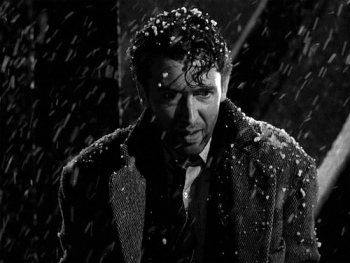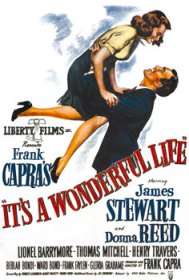New Year’s Eve means counting down the minutes and seconds of the year’s close. And the end of the year also means lots of “best of” lists.
There is a movie that you won’t find on the end of year movie lists but has everything to do with time.
 The film The Clock is a 24-hour mash-up of more than a thousand movie and television clips, each featuring a clock or characters discussing time.
The film The Clock is a 24-hour mash-up of more than a thousand movie and television clips, each featuring a clock or characters discussing time.
The film runs 24 hours in length.
In The Clock, director Christian Marclay organized/edited the movie clips so that so that each one features characters discussing the time, or shows a clock in the frame with the actual running time of the showing. If the clock tower, wristwatch, alarm clock or cuckoo clock says 8:30, then it’s 8:30 in the place where you are watching.
Yes, it does sound like a gimmick without reason. Art for art’s sake. But the 24-hour montage unreeling in real time has been popular at its screenings. Most of those showings have been at museums and galleries rather than your local multiplex. 4000 people went to a screening at the Los Angeles County Museum of Art. And reviews have been good – “an abundant, magnificent work” (The Financial Times) “relentless and compelling” (The Guardian) and “utterly transfixing” (The Huffington Post).
Obviously, the original storylines are gone. The clips are from different historical periods and genres, but viewers and reviewers have found a new unified narrative about time itself. The film “conflates cinematic and actual time, revealing each passing minute as a repository of alternately suspenseful, tragic or romantic narrative possibilities.” (http://www.paulacoopergallery.com/exhibitions/497)
Christian Marclay is an artist whose work includes sculpture, photography, collage, painting, performance and audiovisual collages. He has said that he hopes that the film makes people think differently about time and he doesn’t expect that most viewers will need to see all 24 hours for that to happen.
Extremely long films are not a new thing. The Clock reminded me first of Andy Warhol’s **** (Four Stars) which was a twenty-five hour movie made up of shorter film segments.
There is also 24 Hour Psycho which was an art installation by Douglas Gordon that I read about in Don DeLillo’s book Point Omega. The installation used Alfred Hitchcock’s 109 minute Psycho slowed down to approximately two frames per second from the normal 24 fps so that the film lasts exactly 24 hours.

Studio 360 did one of their radio programs on The Clock which piqued my interest. So many of the clips are films or TV that I love.
There’s the great Harold Lloyd hanging from that clock in Safety Last. There’s western classic High Noon. Robert Redford as a baseball player in The Natural smashes a home-run into the scoreboard clock. 5 pm brings a string of quitting time images of time clocks. Orson Welles gets killed by a clock figure knight in The Stranger. Plus, shots from The Simpsons, The Office, Sex and the City, and my beloved The Twilight Zone.
No showings of the film near Paradelle yet, but I’m ready to go. I can just hear the film buffs in the audience trying to identify the clips.
I think I have a better chance of making it through The Clock than I do watching Modern Times Forever (Stora Enso Building, Helsinki) which came out this year and is currently the longest film ever made. It runs 240 hours (10 days). Over the 10 days, the film was projected on that Helsinki building showing what thousands of years of decay will do to modern architecture by speeding up the decay of that particular building.









